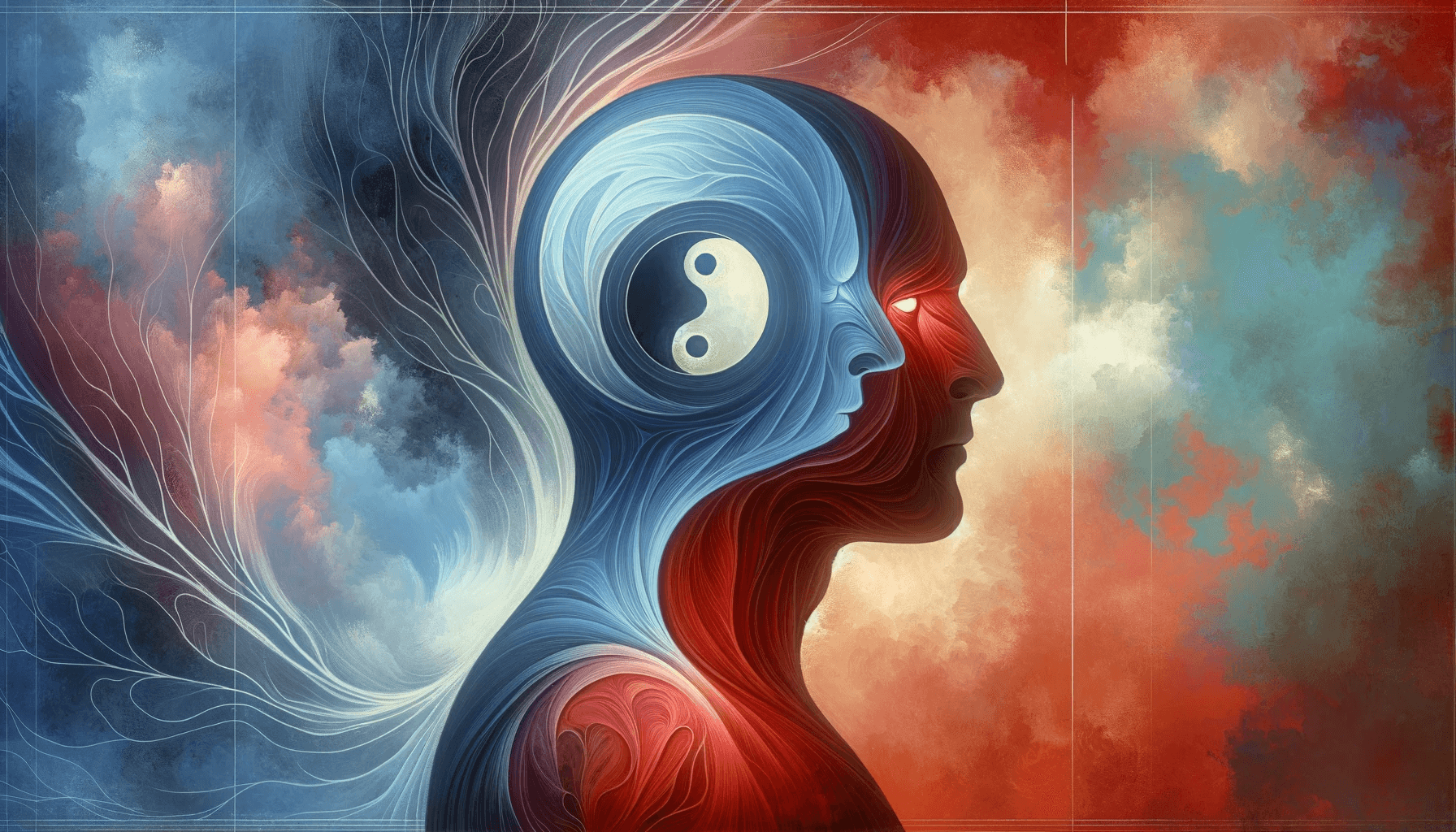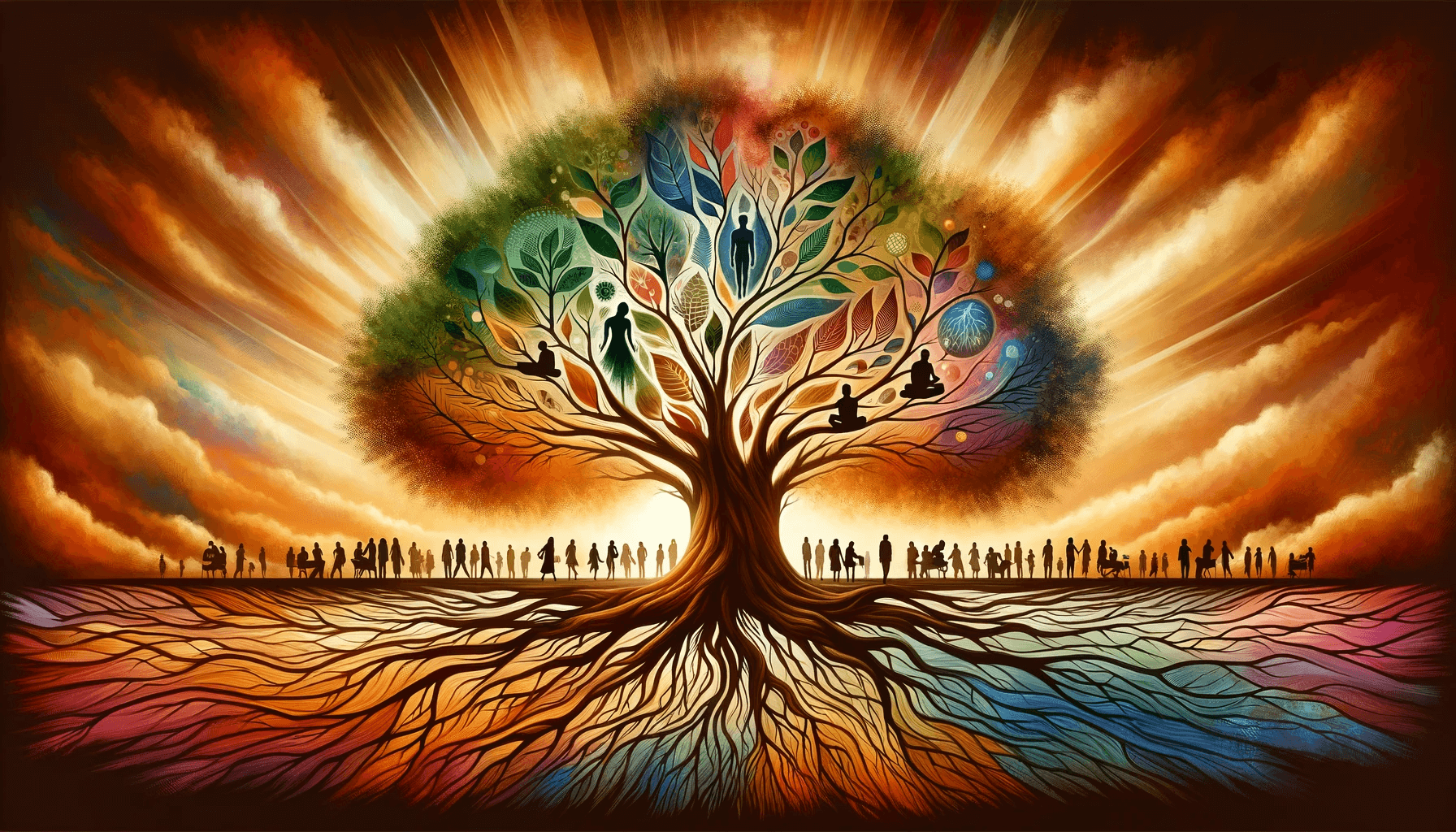Sponsored By Awaken Your Great Self
Table of Contents
Introduction to self-integration
Self-integration is a transformative journey toward inner harmony and wholeness. It is a process of reconciling the various aspects of our psyche and embracing our true selves. In this article, we will explore the profound insights of Carl Jung, the renowned psychologist, and how they can assist us in ending our inner civil war. By delving into the depths of our unconscious and understanding the role of the shadow self, persona, anima, and animus, we can embark on a path of self integration that leads to personal growth and fulfillment.
Understanding Carl Jung’s insights on the self
Carl Jung’s contributions to psychology have revolutionized our understanding of the self. He emphasized the importance of individuation, the process of becoming a unique and integrated individual. According to Jung, the self represents the center of our psyche, the totality of our conscious and unconscious aspects. It is the driving force behind our thoughts, emotions, and actions.
Jung’s concept of the collective unconscious highlights the presence of universally shared archetypes that influence our behaviour and experiences. By tapping into this collective unconscious, we can better understand ourselves and the world around us.
The concept of the inner civil war
The inner civil war is a term coined by Jung to describe internal conflict and individual fragmentation. It is a battle between different aspects of our psyche, often resulting from suppressing or neglecting certain parts of ourselves. This conflict can manifest in various ways, such as conflicting desires, self-sabotaging behaviours, or a sense of disconnection from our true selves.
The importance of self-awareness in self-integration
Self-awareness is the cornerstone of self-integration. It involves profoundly understanding our thoughts, emotions, and behaviours. By cultivating self-awareness, we can identify the root causes of our inner conflicts and work towards resolving them. This process requires honesty, introspection, and a willingness to confront our shadow selves.
Exploring the shadow self and its role in inner conflict
The shadow self represents the dark and repressed aspects of our personality. It consists of the qualities and traits we deem unacceptable or undesirable, leading us to bury them deep in our unconscious. However, these suppressed aspects of ourselves can wreak havoc on our well-being, causing inner turmoil and contributing to the internal civil war.
Embracing and integrating the shadow self is crucial for self-integration. By acknowledging and accepting these shadow aspects, we can reclaim their energy and transform them into constructive forces. This process requires courage and self-compassion as we confront the parts of ourselves that we have long denied or rejected.
Uncovering the persona and its impact on self-integration
The persona is the mask we wear to present ourselves to the world. We construct the social facade to fit into societal norms and expectations. While the persona is necessary for navigating social interactions, it can also hinder self-integration.
Becoming aware of our persona and its impact on our lives is essential for self-integration. By recognizing the aspects of our persona that are not aligned with our true selves, we can shed the layers of pretense and embrace our authenticity. This process involves unravelling the layers of conditioning and societal expectations that have shaped our outward identity.
Embracing the anima and animus for inner harmony
According to Jung, anima represents the feminine aspects of men, and hatred represents the masculine aspects of women. These archetypal energies are significant in our psychological development and can contribute to the inner civil war if not acknowledged and integrated.
Embracing the anima and animus involves recognizing and embracing the qualities of the opposite gender within ourselves. By integrating these complementary energies, we can achieve inner harmony and tap into a more profound sense of wholeness.
The process of self-integration, according to Carl Jung
Jung outlined a process of self-integration that involves exploring the various aspects of our psyche and bringing them into conscious awareness. This journey begins with self-reflection and introspection as we delve into our unconscious and confront our shadow selves. It then integrates the persona, anima/animus, and other archetypal energies.
The process of self-integration is not linear but rather a continuous journey of self-discovery and growth. It requires patience, self-compassion, and a commitment to personal development. By embracing this process, we can gradually dissolve inner conflicts and achieve a state of wholeness.
Techniques for practicing self-integration
Practicing self-integration involves incorporating various techniques into our daily lives. These techniques may include journaling, dream analysis, meditation, and engaging in creative expression. The goal is to cultivate self-awareness, explore our unconscious, and develop a deeper understanding of ourselves.
Additionally, seeking support from a therapist or psychologist trained in Jungian psychology can provide valuable guidance and insight on the journey of self-integration. They can assist in uncovering and resolving deep-seated conflicts and facilitate the integration of different aspects of our psyche.
Real-life examples of individuals who have achieved self-integration
Numerous individuals throughout history have embarked on self-integration and achieved remarkable personal growth. One such example is the renowned author and psychoanalyst Clarissa Pinkola Estés. Through her work, Estés has explored the depths of the human psyche and guided embracing one’s true self.
Another example is the spiritual teacher and author Eckhart Tolle. Tolle’s teachings emphasize the importance of being present and releasing identification with the ego, leading to inner peace and integration.
Seeking professional help for self-integration
While self-integration is a profoundly personal journey, seeking professional help can significantly assist in navigating the complexities of the process. A Jungian therapist or psychologist can provide guidance, support, and a safe space for exploring the depths of our psyche. They can help us uncover unconscious patterns, resolve inner conflicts, and facilitate the integration of our various selves.
Conclusion: Embracing wholeness through self-integration
In conclusion, self-integration is a transformative journey toward embracing our true selves and achieving inner harmony. By understanding Carl Jung’s insights on the self, exploring the concept of the internal civil war, and cultivating self-awareness, we can embark on a path of self-discovery and growth.
By integrating the shadow self, persona, anima, and animus, we can dissolve the inner conflicts that hinder our personal development. Techniques such as journaling, dream analysis, and meditation support this process, while seeking professional help can provide invaluable guidance and support.
Ultimately, self-integration is a lifelong journey that leads to wholeness and fulfillment. By mastering the art of self-integration, we can end our inner civil war and embrace our true selves. So, embark on this transformative journey and unlock the potential for personal growth and authenticity.




